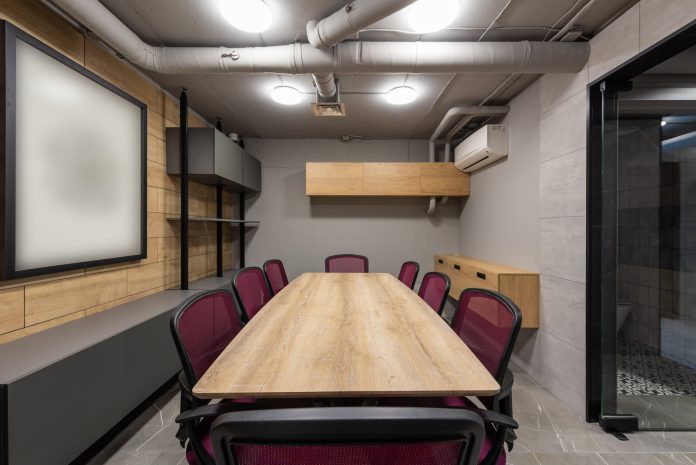The Future of Workspaces: Adapting Commercial Real Estate to Market Trends
The rapidly evolving landscape of workspaces is transforming the way businesses operate and commercial real estate is being adapted to meet these market trends. In this article, we will explore the various aspects of the future of workspaces and how commercial real estate is being reshaped to cater to the changing needs of businesses.
Flexible Office Spaces: Embracing Agility and Collaboration
Flexible office spaces have gained immense popularity in recent years as businesses seek agility and collaboration. These spaces offer a range of options, from hot desks to private offices, allowing companies to scale up or down as needed. Commercial real estate developers are now focusing on creating flexible office spaces that provide a dynamic and collaborative environment, with shared amenities and networking opportunities.
Technology Integration: Creating Smart Workspaces
The integration of technology is revolutionizing workspaces. Smart workspaces leverage advanced technologies such as IoT, artificial intelligence, and automation to enhance productivity and efficiency. Commercial real estate developers are incorporating these technologies into their designs, offering features like smart lighting, temperature control, and advanced security systems. These smart workspaces not only improve the overall work experience but also attract tech-savvy businesses looking for innovative solutions.
Sustainability and Wellness: Prioritizing Employee Well-being
In the future of workspaces, sustainability and employee well-being are becoming paramount. Businesses are increasingly conscious of their environmental footprint and are seeking eco-friendly workspaces. Commercial real estate developers are incorporating sustainable features like energy-efficient systems, green spaces, and recycling facilities. Additionally, employee well-being is being prioritized with the inclusion of amenities such as fitness centers, meditation rooms, and healthy food options. These initiatives not only attract environmentally conscious businesses but also contribute to the overall well-being and productivity of employees.
Remote Work and Co-Working: Redefining the Traditional Office
The rise of remote work and co-working spaces has challenged the traditional office setup. With advancements in technology, employees can now work from anywhere, leading to a shift in the demand for office spaces. Commercial real estate developers are adapting to this trend by creating co-working spaces that provide a flexible and collaborative environment for remote workers and freelancers. These spaces offer amenities like high-speed internet, meeting rooms, and networking events, catering to the needs of the modern workforce.
Adapting to Changing Demographics: From Millennials to Gen Z
As the workforce demographics shift, commercial real estate must adapt to cater to the needs and preferences of different generations. Millennials and Gen Z, in particular, prioritize flexibility, technology integration, and work-life balance. Commercial real estate developers are incorporating these preferences into their designs, offering amenities like communal areas, flexible workspaces, and cutting-edge technology. By understanding and adapting to the changing demographics, commercial real estate can remain relevant and attractive to businesses.
In conclusion, the future of workspaces is witnessing significant transformations driven by market trends. Commercial real estate is adapting to these changes by embracing flexible office spaces, integrating technology, prioritizing sustainability and wellness, redefining the traditional office, and catering to the preferences of different generations. By staying ahead of these trends, commercial real estate developers can create workspaces that meet the evolving needs of businesses and foster productivity and collaboration in the modern workplace.


